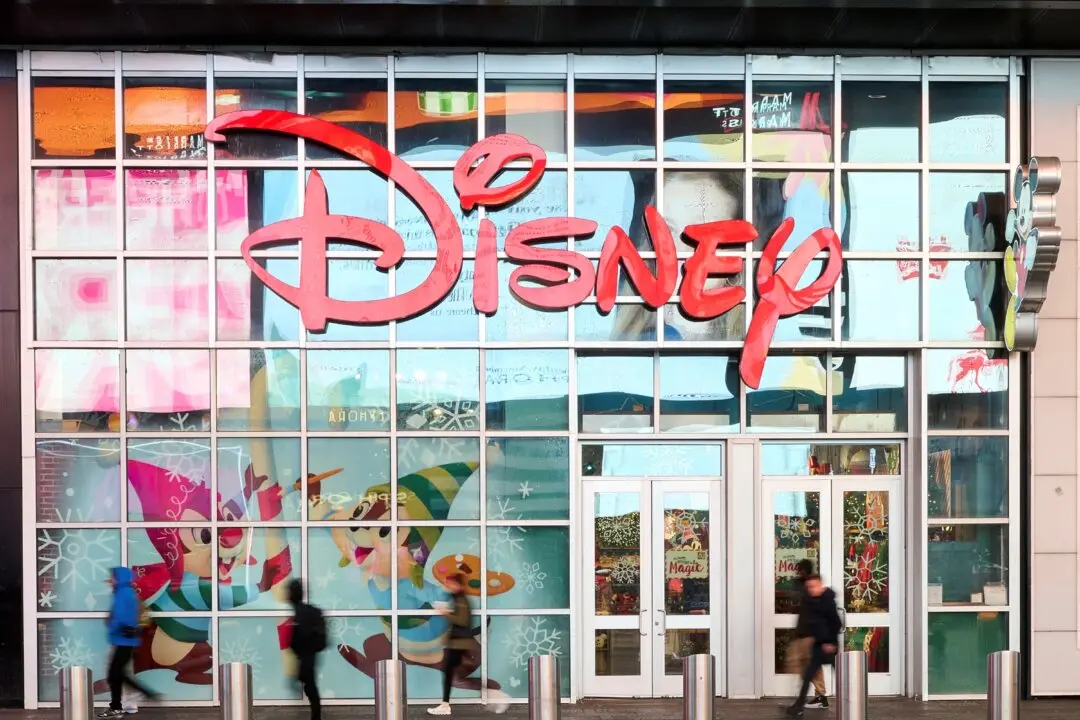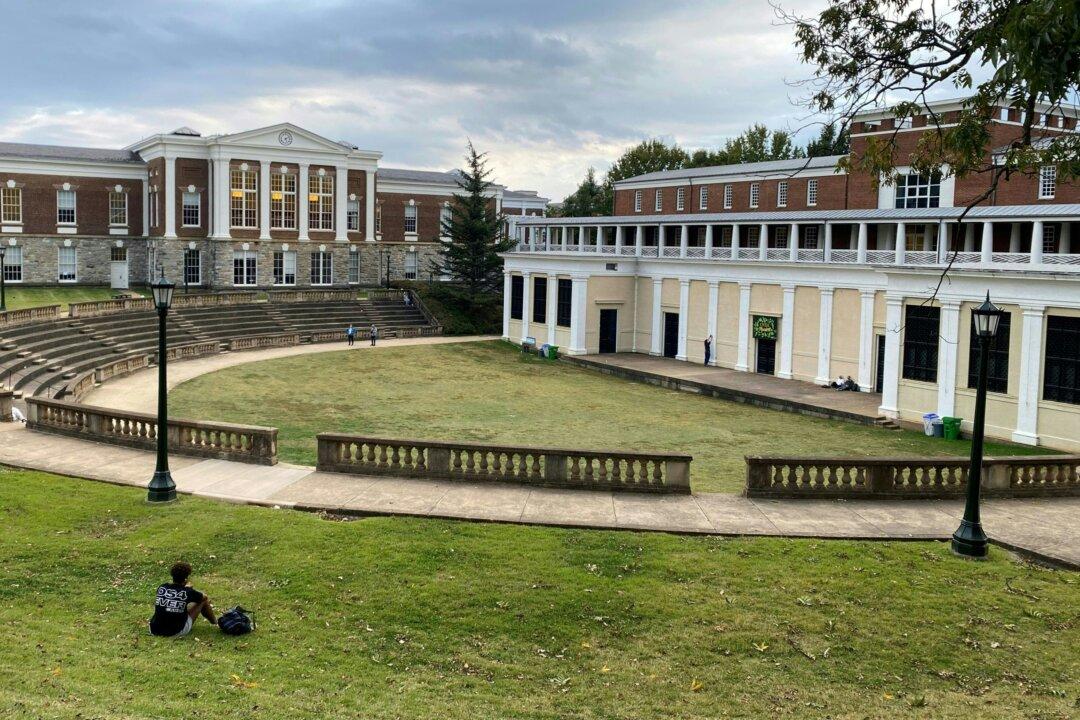Charter schools across the United States took in hundreds of thousands of new students, as families sought alternatives to public schools during the first full school year of the COVID-19 pandemic, a new report reveals.
Publicly funded, privately managed charters schools in 39 states saw an additional 240,000 students during the 2020-2021 school year, according to the latest “Voting with Their Feet” report (pdf) by the pro-school choice organization National Alliance for Public Charter Schools (NAPCS). That translates to a 7 percent growth—the highest they’ve seen in half a decade.





